David Adjaye designs first national pavilion for Ghana at the Venice Biennale

Sir David Adjaye’s design for Ghana’s first national pavilion at the Venice Biennale brings earth and traditional architecture from Ghana to Venice. ‘Ghana Freedom’ recognises the country’s history, independence and global presence today, through the pavilion design and the ideas of the six artists on display, who span three generations.
The idea for the pavilion was sparked and facilitated by Adjaye and curator Nana Oforiatta Ayim, who were joined by art world tour de force Okwui Enwezor (1963-2019), who sadly passed away in March, as a strategic advisor.

Ibrahim Mahama’s A Straight Line Through the Carcass of History 1649 (2016–19), made of smoked fish mesh, wood, cloth, and archival materials, on display at the Ghanaian pavilion. Courtesy the artist and White Cube
Named ‘Ghana Freedom’ after the song by E.T. Mensah composed in celebration of independence from British colonial rule in 1957, when the nation of Ghana was established, the pavilion is a proud moment for Ghana. For Oforiatta Ayim the pavilion represents ‘finally moving out of the “postcolonial” moment into one we have yet to envision’.
The exhibition takes a global approach to nationhood, where the artists travel beyond borders, cross diasporas and trace migration, and the conversation feels liberated from the past, because the present is so multi-dimensional, creative and all-consuming.
Adjaye’s aim was to bring the colours and textures of Ghana to Venice through the design – and to reflect on life in the country over the past century alongside the artists. The dynamism of the art works and their stories is echoed in the smooth curves of Adjaye’s design. Visitors are welcomed in and led around elliptically-shaped spaces echoing the curved walls of traditional earth houses built in the village of Sirigu in the Upper East Region of Ghana.
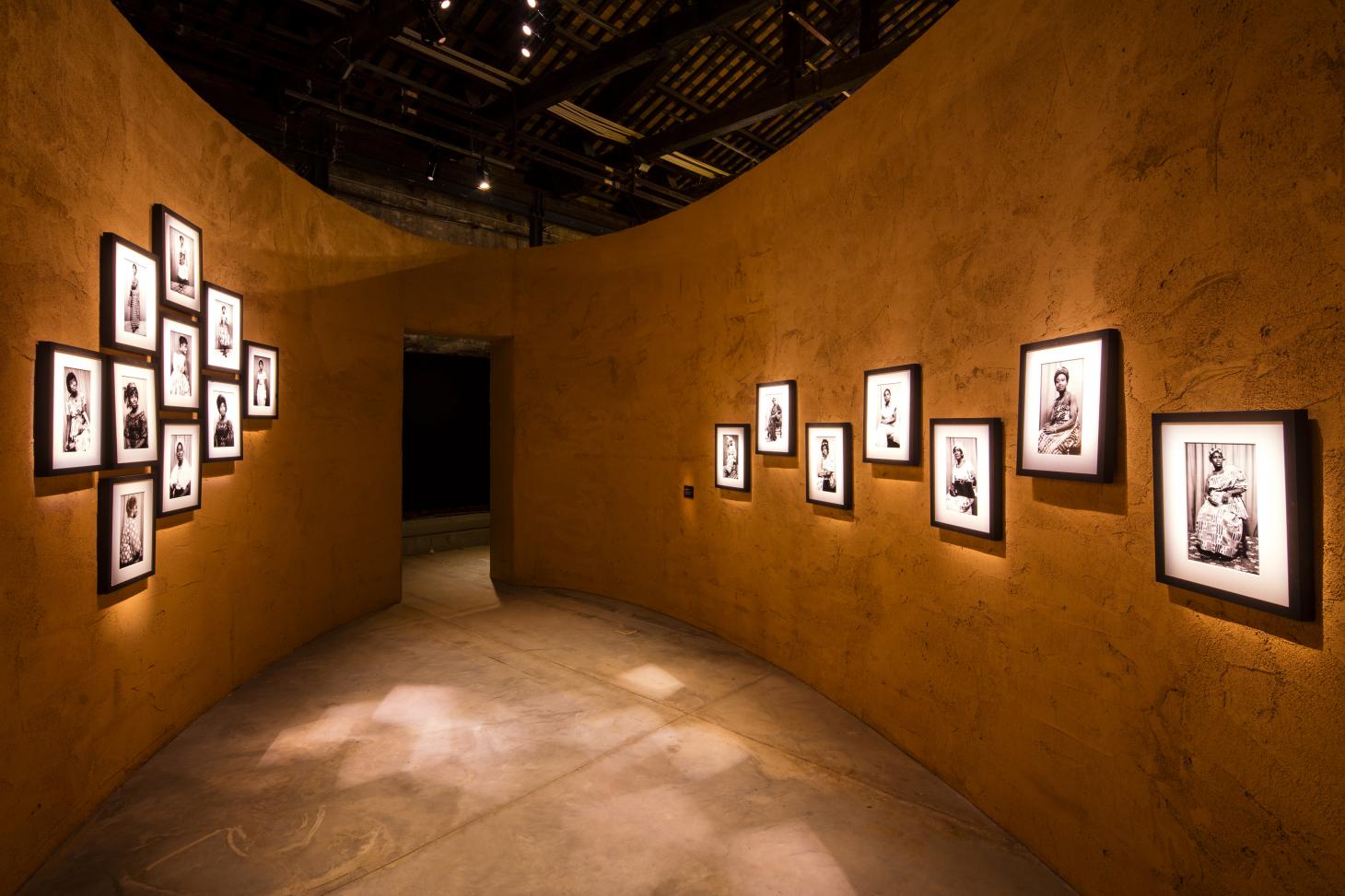
Felicia Abban’s display, Untitled (Portraits and Self-Portraits) (c. 1960–70s) – digital images generated from original prints, within the exhibition design. Courtesy of the artist
The pavilion descends on the art and its visitors like an atmosphere, one of dry grainy heat and radiant warmth. The deep ochre colour of the walls – plastered with soil transported from Ghana – casts an amber glow upon the artworks and the rough texture absorbs light and muffles sound.
The Ghanaian pavilion, which can be found in the Artiglierie of the historic Arsenale, represents a historic moment for Ghana: ‘We have arrived,’ concludes the Honorable Catherine Afeku, Minister of Tourism, Arts and Culture for Ghana
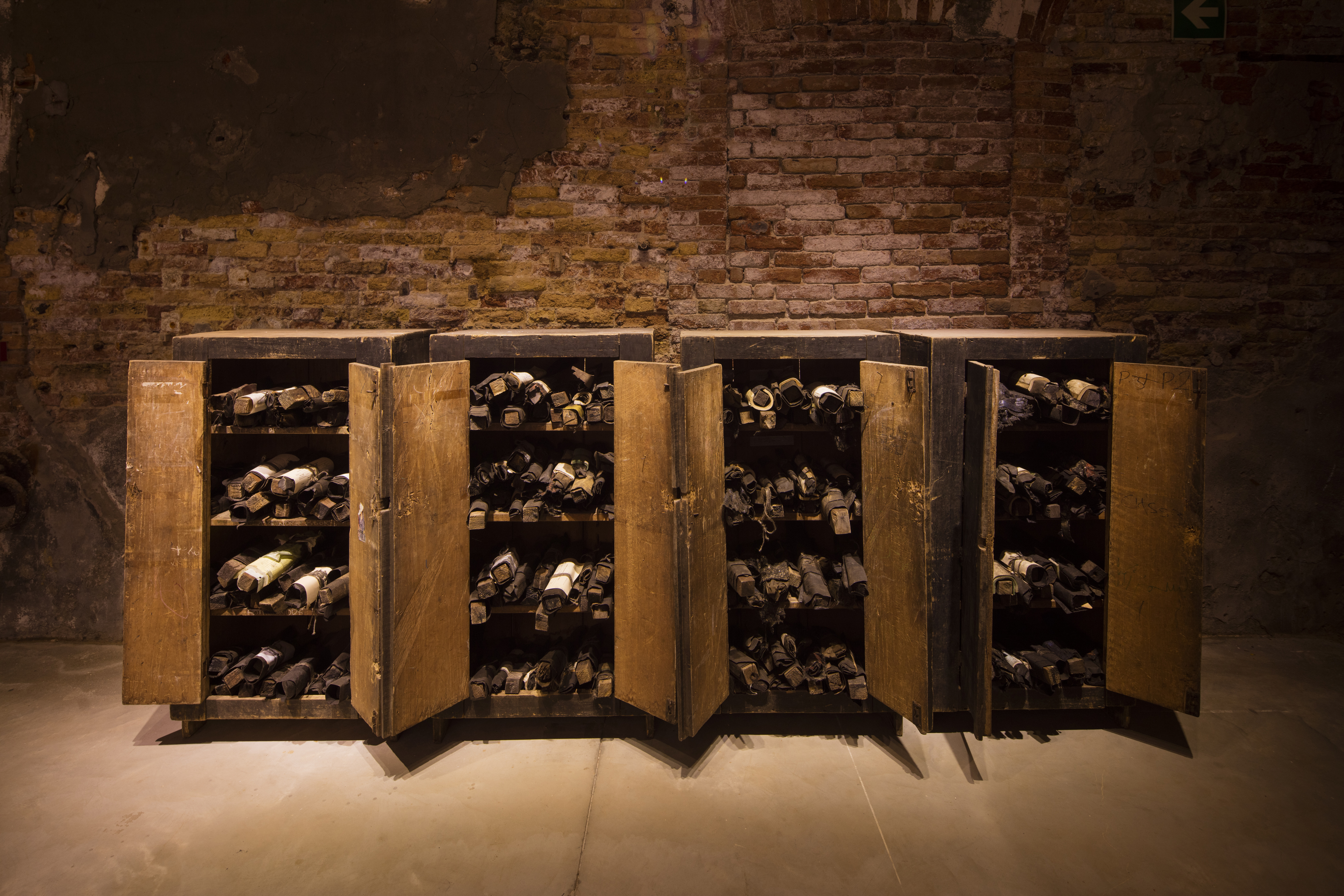
A Straight Line Through the Carcass of History 1649 (2016–19) by Ibrahim Mahama. Courtesy of the artist and White Cube
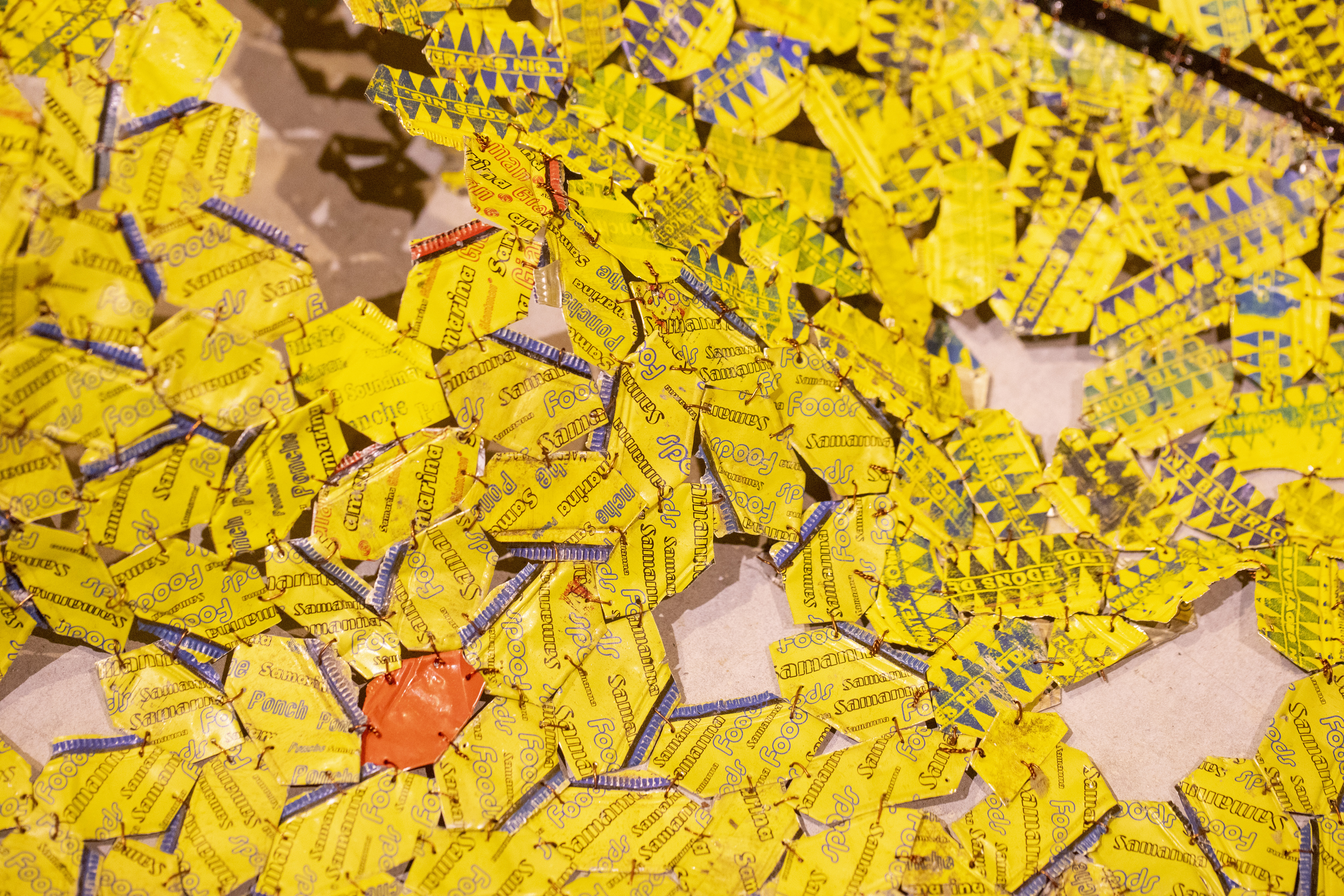
Detail of El Anatsui’s Earth Shedding Its Skin (2019) made of bottle caps and copper wires.Courtesy of the artist
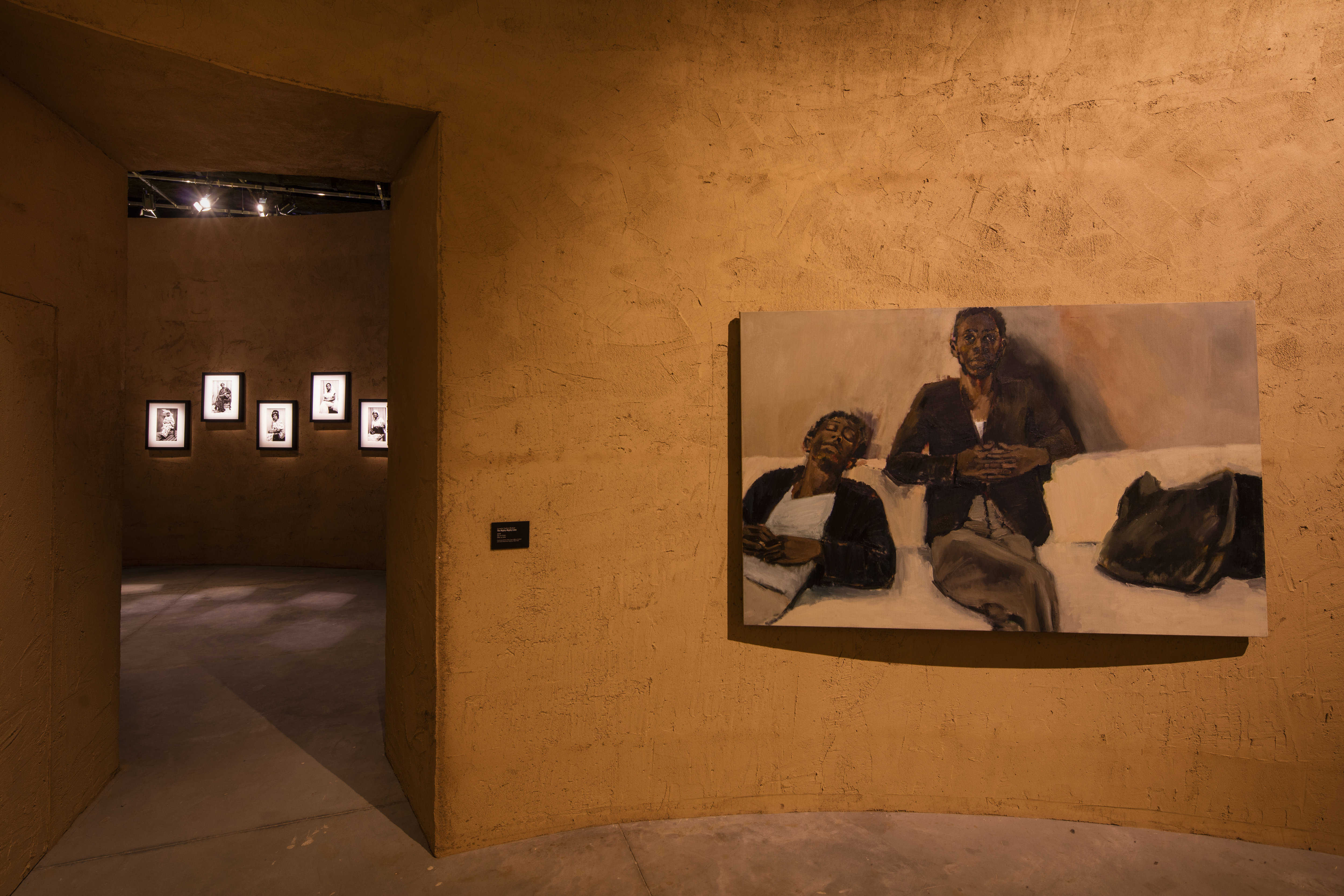
Just Amongst Ourselves (2019) by Lynette Yiadom-Boakye, a series of oil paintings on linen and canvas.Courtesy of the artist; Corvi-Mora, London; and Jack Shainman Gallery, New York
Information
Ghana's national pavilion at the 58th Venice Biennale is on view from 11 May to 24 November 2019. ‘Ghana Freedom’ will travel from Venice to Accra after the Biennale. For more information, visit the Biennale website
Receive our daily digest of inspiration, escapism and design stories from around the world direct to your inbox.
Harriet Thorpe is a writer, journalist and editor covering architecture, design and culture, with particular interest in sustainability, 20th-century architecture and community. After studying History of Art at the School of Oriental and African Studies (SOAS) and Journalism at City University in London, she developed her interest in architecture working at Wallpaper* magazine and today contributes to Wallpaper*, The World of Interiors and Icon magazine, amongst other titles. She is author of The Sustainable City (2022, Hoxton Mini Press), a book about sustainable architecture in London, and the Modern Cambridge Map (2023, Blue Crow Media), a map of 20th-century architecture in Cambridge, the city where she grew up.
-
 How to elevate a rental with minimal interventions? Charu Gandhi has nailed it with her London home
How to elevate a rental with minimal interventions? Charu Gandhi has nailed it with her London homeFocus on key spaces, work with inherited details, and go big on colour and texture, says Gandhi, an interior designer set on beautifying her tired rental
-
 These fashion books, all released in 2025, are the perfect gift for style fans
These fashion books, all released in 2025, are the perfect gift for style fansChosen by the Wallpaper* style editors to inspire, intrigue and delight, these visually enticing tomes for your fashion library span from lush surveys on Loewe and Louis Vuitton to the rebellious style of Rick Owens and Jean Paul Gaultier
-
 Out of office: The Wallpaper* editors’ picks of the week
Out of office: The Wallpaper* editors’ picks of the weekFar from slowing down for the festive season, the Wallpaper* team is in full swing, hopping from events to openings this week. Sometimes work can feel like play – and we also had time for some festive cocktails and cinematic releases
-
 A forgotten history of Italian artists affected by the HIV-AIDS crisis goes on show in Tuscany
A forgotten history of Italian artists affected by the HIV-AIDS crisis goes on show in Tuscany‘Vivono: Art and Feelings, HIV-AIDS in Italy. 1982-1996’, at Centro per l'Arte Contemporanea Luigi Pecci in Prato delves into the conversation around the crisis
-
 Venice Film Festival brings auteurs, daring debuts and unforgettable stories
Venice Film Festival brings auteurs, daring debuts and unforgettable storiesVenice Film Festival is in full swing – here are the films shaping up to be the year's must-sees
-
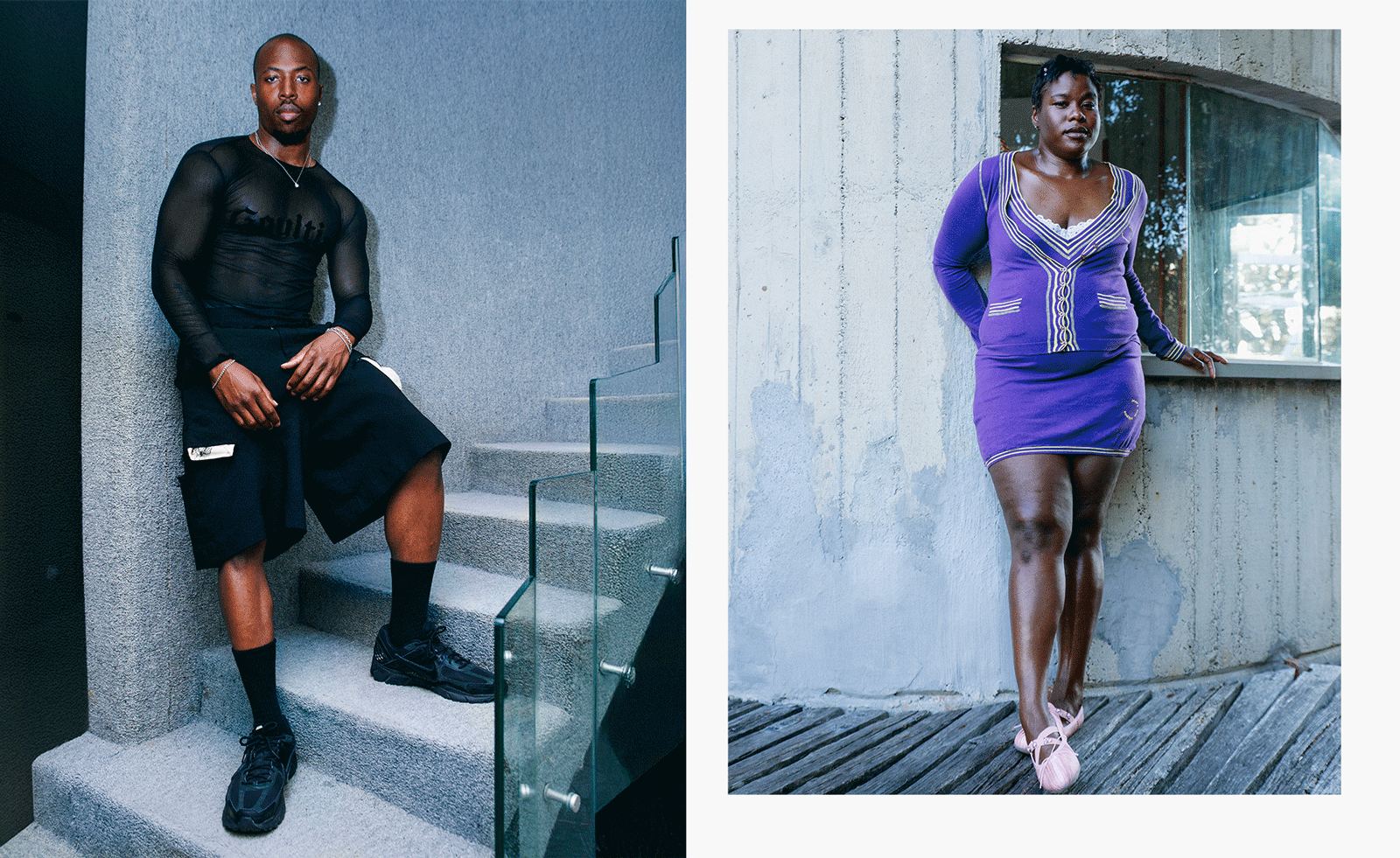 Creativity and rest reign at this Tuscan residence for Black queer artists
Creativity and rest reign at this Tuscan residence for Black queer artistsMQBMBQ residency founder Jordan Anderson sparks creativity at his annual Tuscan artist residency. Wallpaper* meets him to hear about this year's focus.
-
 Photographer Mohamed Bourouissa reflects on society, community and the marginalised at MAST
Photographer Mohamed Bourouissa reflects on society, community and the marginalised at MASTMohamed Bourouissa unites his work from the last two decades at Bologna’s Fondazione MAST
-
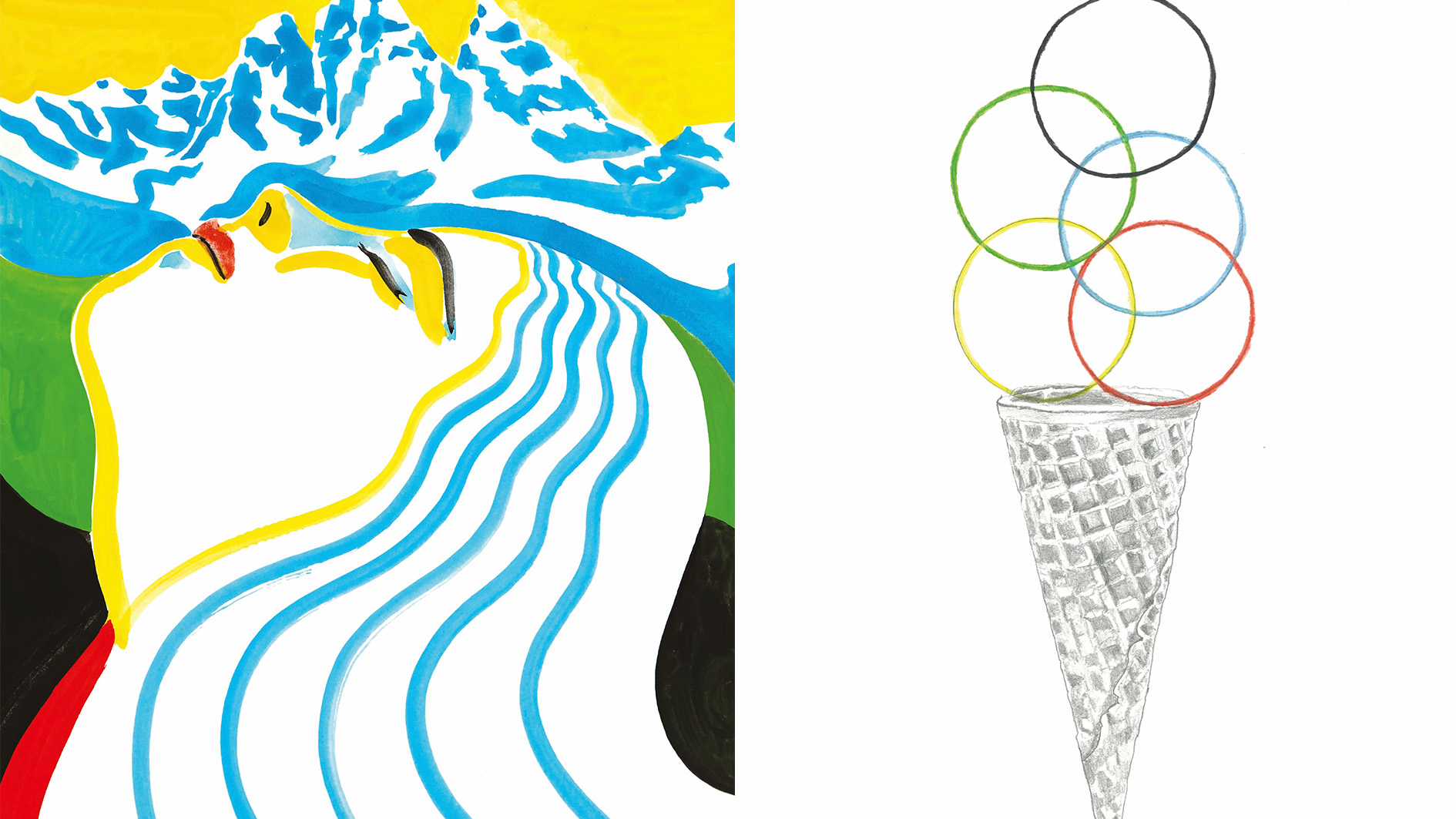 Ten super-cool posters for the Winter Olympics and Paralympics have just been unveiled
Ten super-cool posters for the Winter Olympics and Paralympics have just been unveiledThe Olympic committees asked ten young artists for their creative take on the 2026 Milano Cortina Games
-
 ‘Water is coming for the city, how do we live with that?’ asks TBA21 in Venice
‘Water is coming for the city, how do we live with that?’ asks TBA21 in VeniceArt advocacy and activism platform TBA21's Venetian project, Ocean Space, addresses the climate issues the city is facing
-
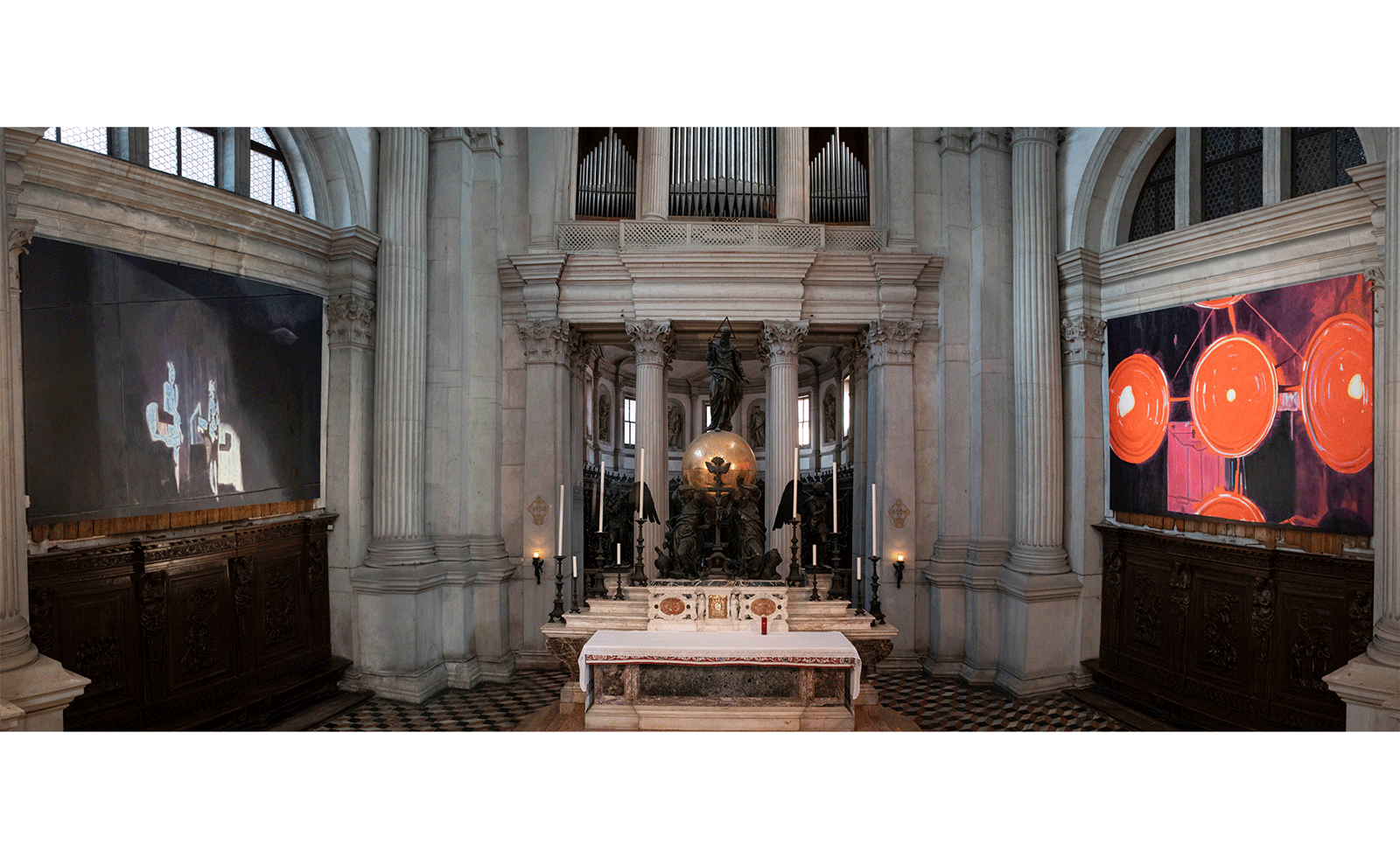 Luc Tuymans debuts his largest ever paintings at Venice’s majestic San Giorgio Maggiore Basilica
Luc Tuymans debuts his largest ever paintings at Venice’s majestic San Giorgio Maggiore BasilicaLuc Tuymans is the latest artist to be commissioned by San Giorgio to present work inside its famous space
-
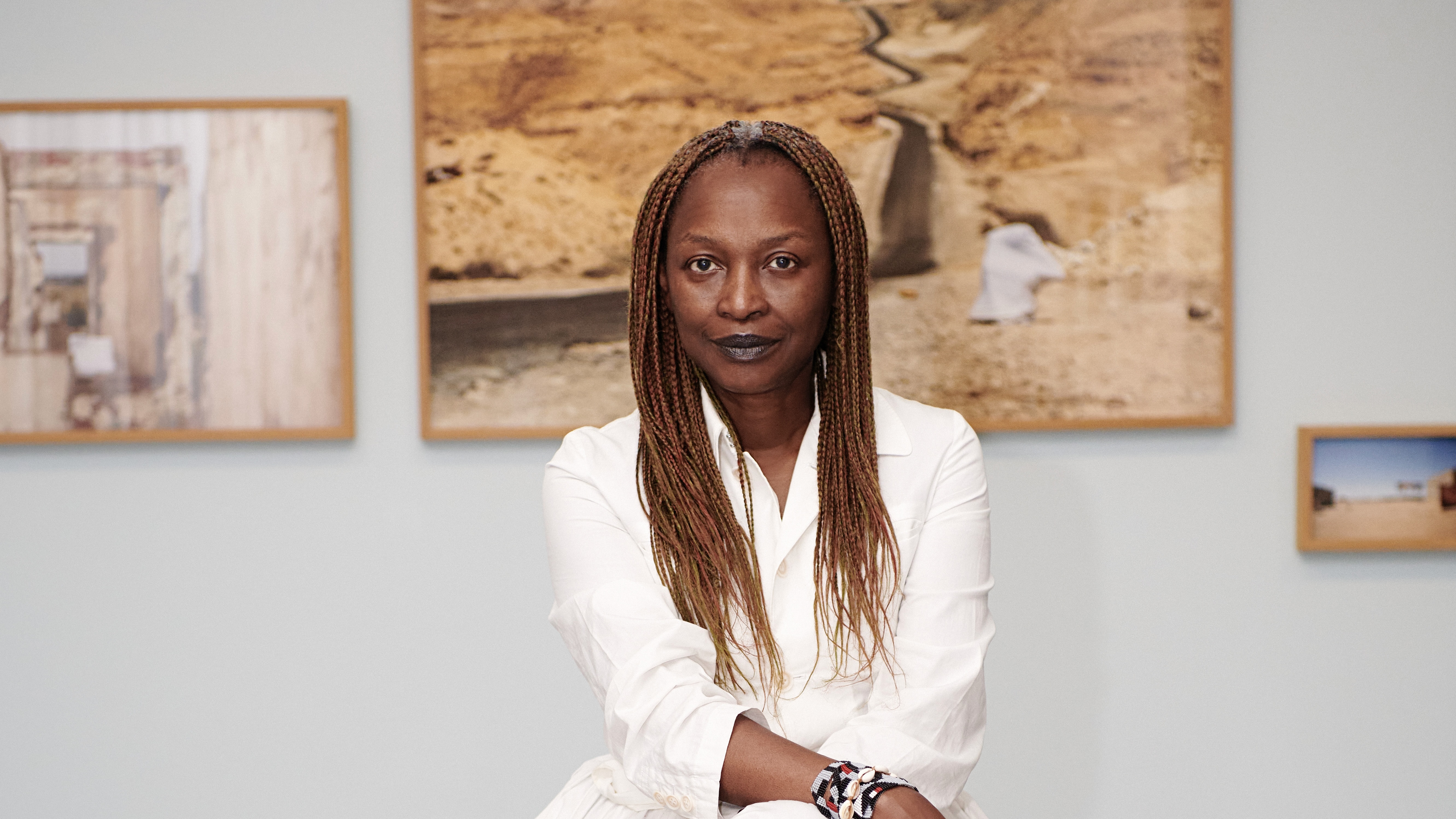 Remembering Koyo Kouoh, the Cameroonian curator due to lead the 2026 Venice Biennale
Remembering Koyo Kouoh, the Cameroonian curator due to lead the 2026 Venice BiennaleKouoh, who died this week aged 57, was passionate about the furtherance of African art and artists, and also contributed to international shows, being named the first African woman to curate the Venice Biennale